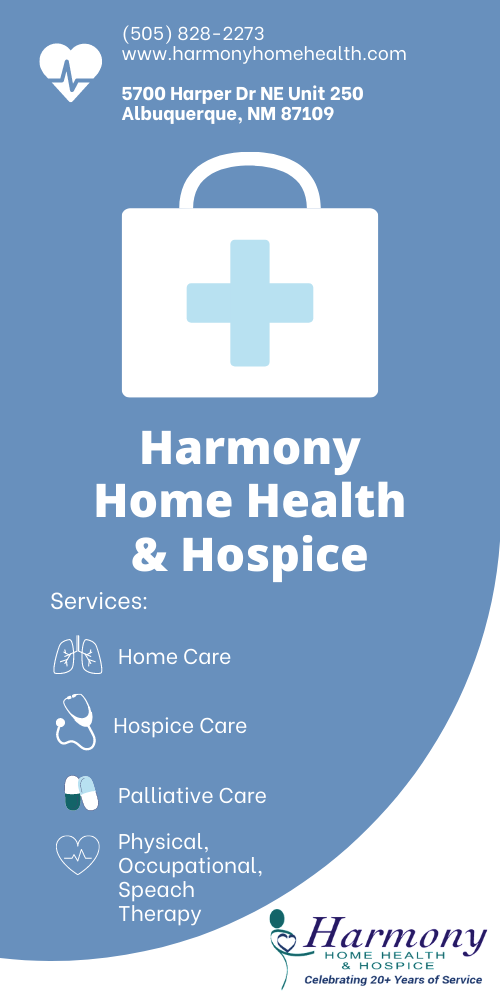By Diana Weber, M.D., Medical Director, Blue Cross and Blue Shield of New Mexico
This month we celebrate Valentine’s Day, which is all about hearts. It is fitting that February is also American Heart Month, making this a good time to reflect on how the activities we engage in and the choices we make can impact the health of our hearts and our risk of heart disease. Heart disease is responsible for one in every three deaths for both sexes. Many people don’t recognize this, but heart disease remains the leading cause of death in women as well as men. The good news is that there are factors that you can control and behaviors you can engage in that will significantly lower your risk.
What are the risk factors for heart disease?
Risk factors can be divided into things you can control and factors that are out of your control. The latter includes age, gender and family history. As we age, our risk for heart disease increases. Women’s risk increases in the post-menopausal period, and women are more likely to have their first heart attack a bit later than men. Males are at greater risk than females, even though, as stated above, heart disease is still a major problem for women. Finally, we can’t do anything about the genetic propensity towards heart disease that we inherit from our families. However, we know that a healthy lifestyle, especially when started at a young age, goes a long way towards preventing cardiovascular disease. So, regardless of whether you already have risk factors, modifying your lifestyle and taking lifesaving medications can prevent heart disease.
How can I reduce my risk for heart disease and heart attacks?
In the spirit of Valentine’s Day, you and your partner can work together to improve your heart health. Researchers have found that couples can influence each other in a positive direction. When one partner had good health habits, the other often did as well. So, work on the following habits together, and you will both be healthier.
The most important thing you can do is to stop smoking. If you smoke any product, you are more than twice as likely to have a heart attack as nonsmokers, and you’re much more likely to die if you do have a heart attack.
Next, start exercising. We know that exercising vigorously for 75 minutes a week or moderately for 150 minutes a week decreases your risk of heart disease and other diseases as well; 150 minutes is 30 minutes five days a week, and you don’t need to join a gym or do high-intensity interval training. Start with a walk around the block and work your way up. Find some time with your valentine to exercise together and improve your health.
Now that you are exercising, you can start improving your diet. What we eat is important. Studies have shown that when people eat certain foods that cause inflammation, such as sugary drinks, red and processed meat, and refined carbohydrates, they are 38 percent more likely to develop heart problems than people on a diet to decrease inflammation. Inflammation decreasing foods are high in fiber and anti-oxidants, such as leafy greens, fruits, whole grains, tea and coffee. Here are some tips:
- Cut down on salt.
- Eat less sugar.
- Limit saturated fat — found in butter, margarine, fatty meats, dairy fats and processed foods.
- Fill up on fruits and vegetables.
- Eat modest portions of lean proteins, such as fish — especially salmon or tuna, which is high in good-for-you omega-3 fatty acids — poultry and meat.
- Cut back on alcohol.
Exercising and modifying your diet will keep you at a healthy weight, which is another way to decrease your heart disease risk.
Next, make sure you control your cholesterol levels. High levels can create plaque buildup in the arteries, which blocks blood flow and can raise your risk of a heart attack or stroke. If you have high cholesterol, you will likely benefit from being on a medication that lowers your body’s production of LDL, or “bad” cholesterol, and dramatically reduces your risk of heart disease.
Work with your doctor or clinician to make sure your blood pressure is at a safe level. Well-controlled blood pressure keeps the entire cardiovascular system functioning well. You can take control of your blood pressure by measuring it at home with a monitor. You want to shoot for a blood pressure of 100-120/60-80. If it is consistently over this, you may need treatment. Blood pressure lowering medications are very effective at reducing your risk of heart disease, stroke, kidney damage and other illnesses.
If you have diabetes, it is very important to receive proper medical attention. You might be able to control diabetes with diet and exercise, but medications may be necessary. Diabetes that is not controlled increases the risk of heart disease.
Finally, lowering your heart disease risk includes addressing personal stress and anger. Stress increases the likelihood that you will smoke, exercise less, eat unhealthy food and drink more than a moderate amount of alcohol — all of which contribute to heart disease. It is therefore important that you seek assistance in dealing with the issues that are causing stress.
In the spirit of Valentine’s Day, spend some time this month developing habits that will improve the health of your heart. For more information, go to the American Heart Association website, www.heart.org.
If you have a health question that you would like to be considered in Ask a Health Care Professional, please email AskHealthcareProfessional@bcsbsnm.com. BCBSNM will select questions that may appear. Questions will not be personally answered. The opinions expressed in this column are solely those of the author and not necessarily those of BCBSNM. This column is not intended to be a substitute for professional medical care.














